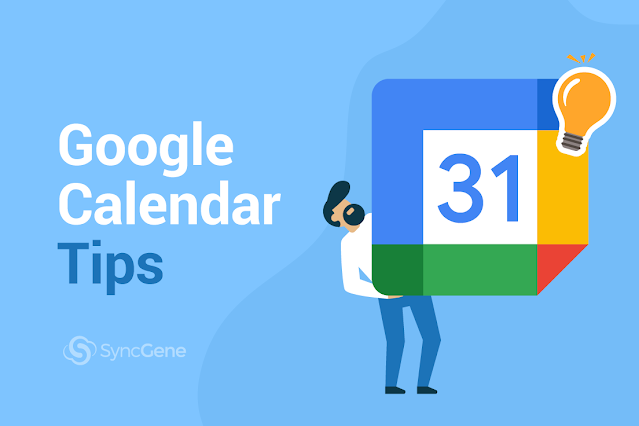
5 Google Calendar Tips to Increase Productivity
Are you making the most out of your Google Calendar? Follow through to learn our tips and tricks that you may not know about Google Calendar and boost your productivity today!
Are you making the most out of your Google Calendar? Follow through to learn our tips and tricks that you may not know about Google Calendar and boost your productivity today!
Table of Contents:
What is Google Calendar?
If you’re not already using it, Google Calendar is Google’s application to help keep all your important meetings, events and dates updated and organized online. The service is free to use and all it takes is your e-mail address to sign-up and start using.
The application isn’t just a calendar in the traditional sense, though. It has a lot of great connectivity features to help you stay on top of your schedule and more. Take a look at some of our favorite Google Calendar features!
#1 – Add Content to Your Events
We all know that sinking feeling when you forget a meeting and come unprepared. It can be just as awkward to host a meeting, and no-one seems to know what it’s about. Here’s how to prevent these situations from happening again.
With Google Calendar, you can add reports, plans or notes about the meeting to the event. Simply attach relevant files to the event before sharing it with your guests. Files can be viewed and downloaded straight from your guests’ own Calendars.
By adding content such as reports and presentations, you can brief others quickly and let them prepare ideas for the meeting in advance. Guaranteed to make your meetings flow better and become far more productive.
It’s easy to add files to your events:
- In the Event Details section, click the paperclip icon to add attachments
- Select the Upload tab
- Click to open your file explorer or drag and drop files into the window
- Add more files if you like
- Click Upload to finish
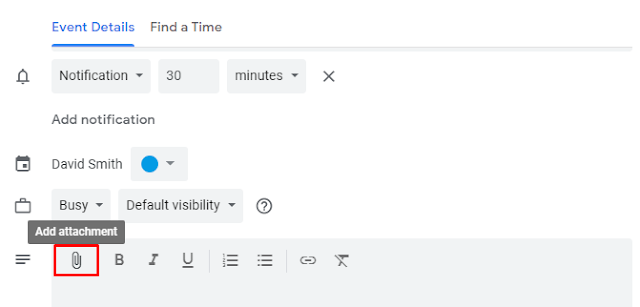
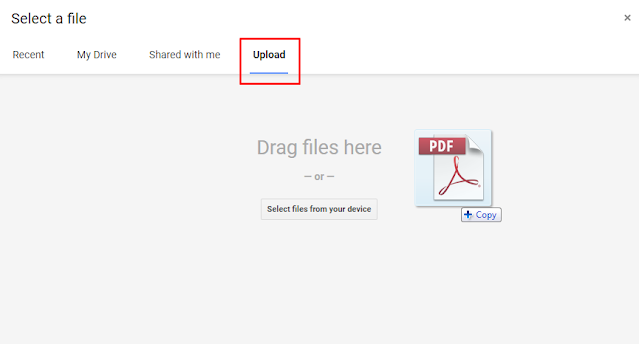

#2 – Share Your Calendars
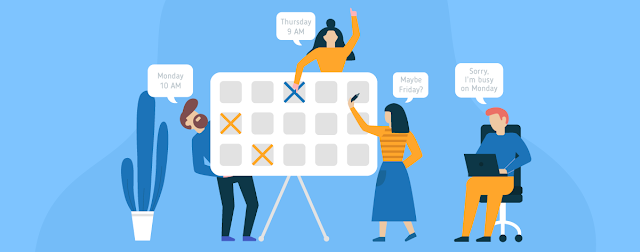
“What time is your meeting on Monday? Are you free on Wednesday morning? How about Thursday after lunch?”
Trying to find a time that works for everyone can be difficult. Remembering what’s already planned on a certain day can be a task itself.
Rather than explaining your whole agenda, just show it! By sharing your Google Calendar , others can instantly see your plans and availability.
In the settings for your Calendars, you can find different methods for sharing.
Share with specific people by sending an invite directly from your Calendar. Or, create an HTML link to share on other platforms.



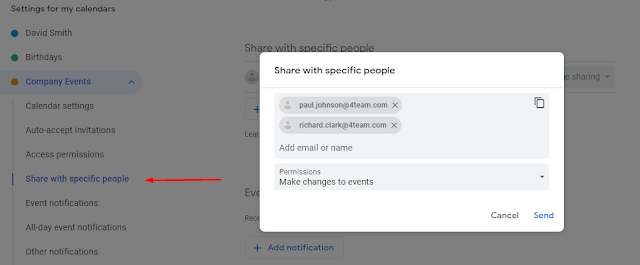
Don’t worry, you’ll always have control over what is visible to others. Google Calendar ensures that only those with proper access can see your Calendar information.
Allow users to either:
- See Calendar availability as free or busy, without event details
- See all event details
- Make changes to events
- Make changes and manage Calendar sharing too
Not only can you share your personal Calendar, but you can set up different ones too.
Create a group Calendar for your company, team or even your family. These shared Calendars allow users to view and update their plans as needed. This is especially useful for different team members to compare dates, planned events or free time.
In the Other calendars section, click the plus button to create a new Calendar. Once you’re happy with your Calendar details, share with team members by invite or by using the link.


#3 – Notify Guests about Event Changes
So, you’ve organized an event, and everything is good to go. Like all the best plans, however, something comes up and you need to reschedule or rework your ideas.
No problem! All you need to do is edit the Event Details. Simply drag and drop the event to the new date or time on your Calendar. Or, change the title, location or duration from the main Event Details page.
Once you’ve made changes, Google Calendar will offer to send out a notification to your guests. This way, they will know straight away about the specifics for the new event.
You can even add a short message to the notice. Clarify the changes or add some reminders about what they’ll need for the event too.
If it’s a last-minute change, maybe a small apology…?


If you’re the one that can’t make it to your own event, try using this extra feature before cancelling plans. Consider changing the owner of the event to one of your guests.
On the Event Details, select the option to change the owner and enter their email address to send the request. Once they have accepted ownership, the new owner will be responsible for the event in their own Calendar.
Your event can go ahead as planned without the effort of rescheduling and re-inviting everyone involved. Save the day in just a few clicks.


#4 – Filter and Color Code your Calendars
When there’s a lot going on in a week, you don’t need any more trouble simply trying to understand your Calendar. Here’s a couple of great ways to see your Calendars the way that you want.
Create a color scheme for your different Calendars or use your favorite colors. Simply select the Calendar and set it to a color of your choice. Perfect for visualizing your schedule in an instant.
If you want even greater clarity, try filtering out your Calendar views.
Choose which specific Calendars will appear in your main Calendar. Hide your personal events whilst keeping focused on work events. Or, choose to only see personal events. Plus, you can filter holidays, birthdays and more from your Calendars however you want.
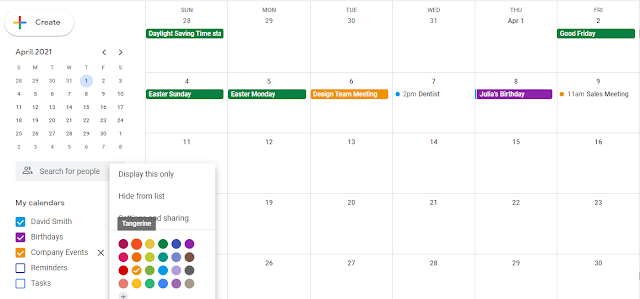
#5 – Sync Google Calendar with online Outlook and iCloud
One of Google Calendar’s most useful features is detecting and integrating events from Gmail. What if you’d like Google Calendar to detect events from your online Outlook or iCloud accounts though?
Google Workspace can offer to do this, but only for its premium paying customers. It only works for Google and Outlook, however, and not for iCloud. Also, it's not ideal if you just want to sync your personal accounts and calendars away from work.
If you’d like to connect your Outlook and iCloud account with your Google Calendar, you can use SyncGene to do this.
SyncGene syncs your Outlook, Office 365 and iCloud accounts to your Google Calendar. Simply sign-up, select the platforms that you’d like to connect (including more Google accounts) and sync with your Google Calendar.

Your events, tasks and reminders will now be synced across all connected platforms. Any changes you make on one calendar will be reflected across all others at once. The best part is that it’s free to use.
Learn more about how to merge multiple Google Accounts in our blog.
Use these tips with SyncGene
These tips are just a few ways to help with scheduling events and organizing your calendars. Try using these tips together with SyncGene to become a calendar pro. Discover more ways to boost your productivity with connected Calendars.
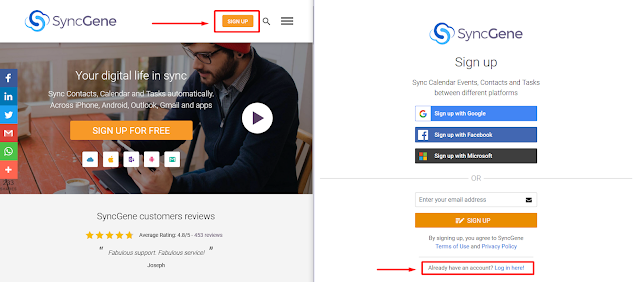
- Sync your Calendar information cross-platform
- Share your connected Calendars and create access links
- Filter all connected Calendars the way you want to see them
- Accurate Calendar information across platforms without double-bookings
SyncGene ensures that your Calendars, Events and Reminders are interconnected across platforms without any duplicates. Connect Outlook, Office 365, iCloud and Google for one complete Calendar view.
With automatic synchronization, you’ll never need to worry about manually entering details across different accounts. Your information is always updated so you can see the latest changes to your Calendar from any account, instantly.
SyncGene also syncs your Calendars across multiple devices such as work computers, laptops, smartphones and tablets so you can stay connected on your favorite devices, wherever you are.
Check out SyncGene now to keep your Calendars connected in an instant!
Read more:








%20white.svg)
.svg)